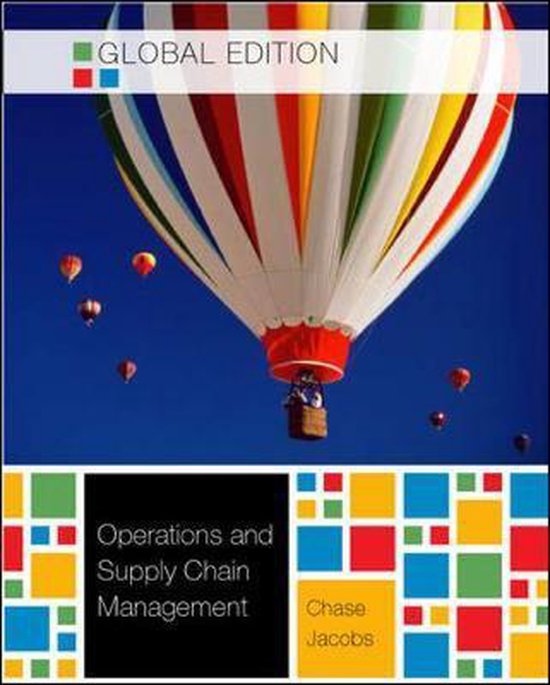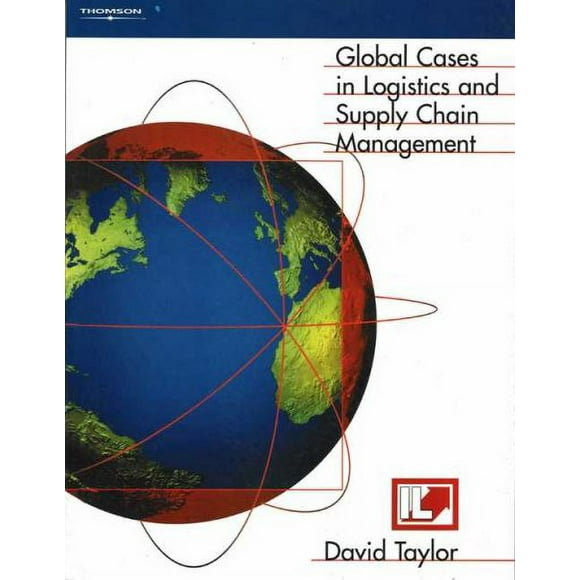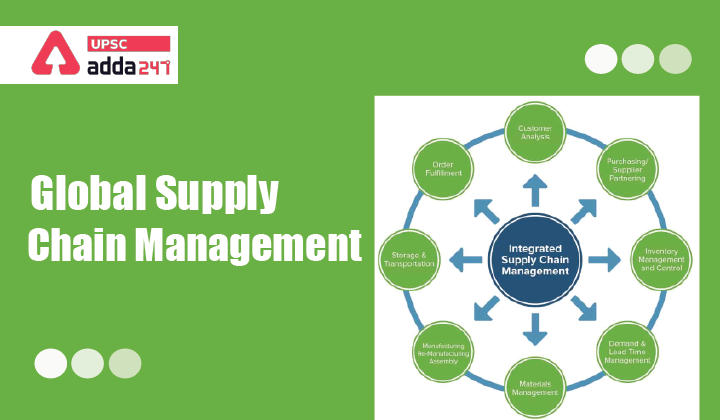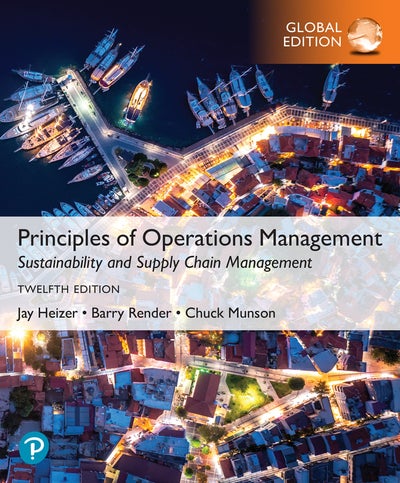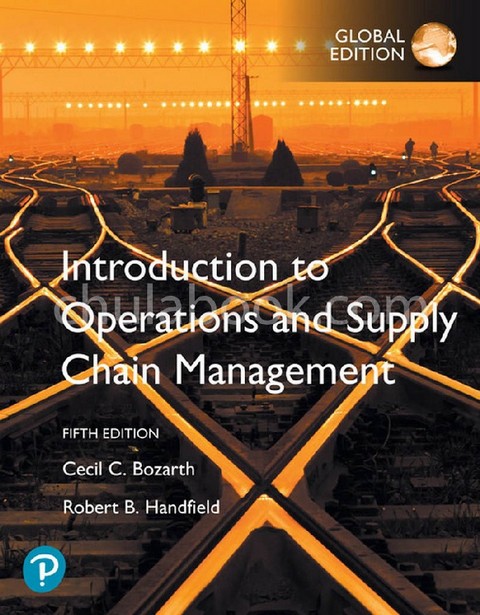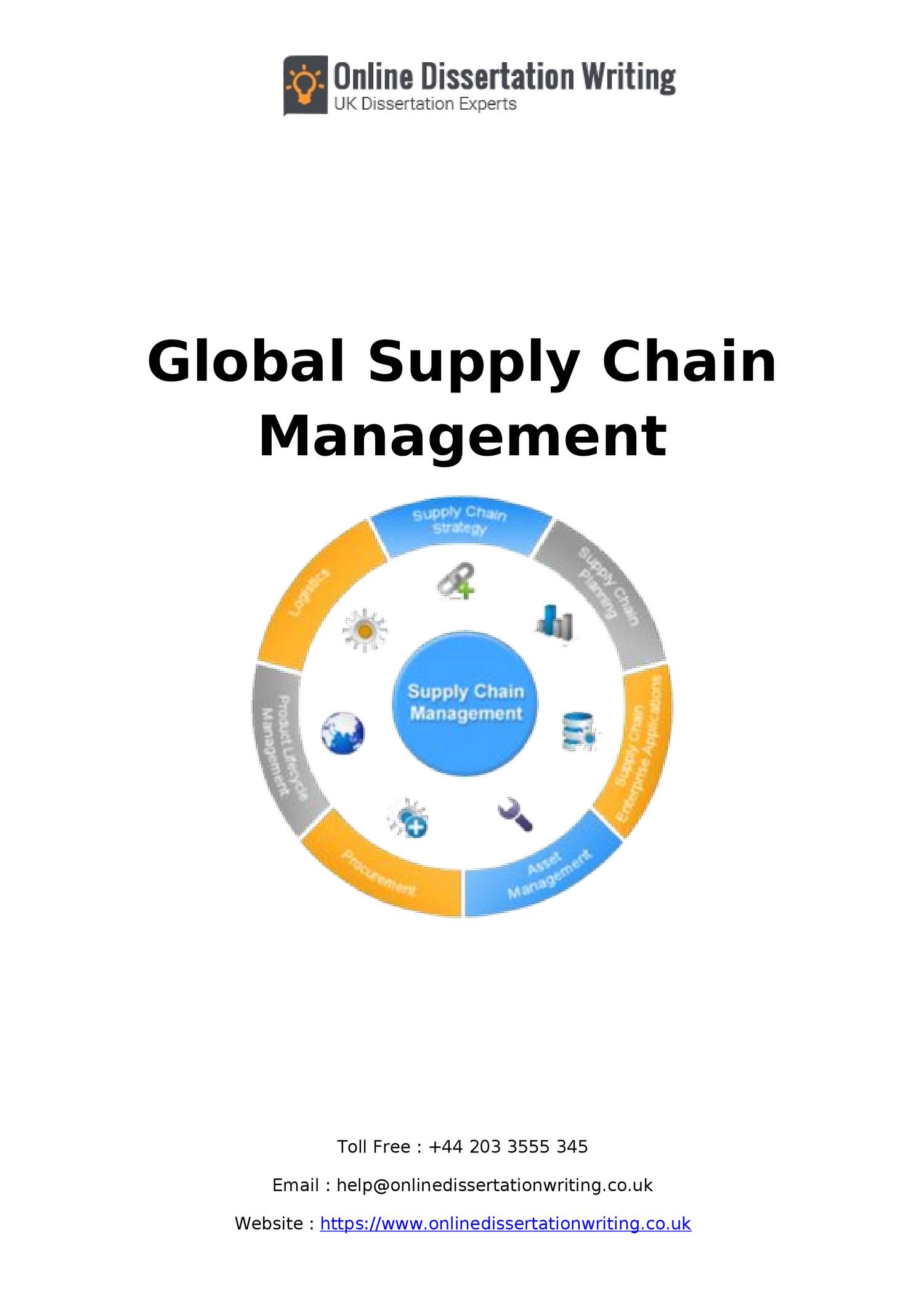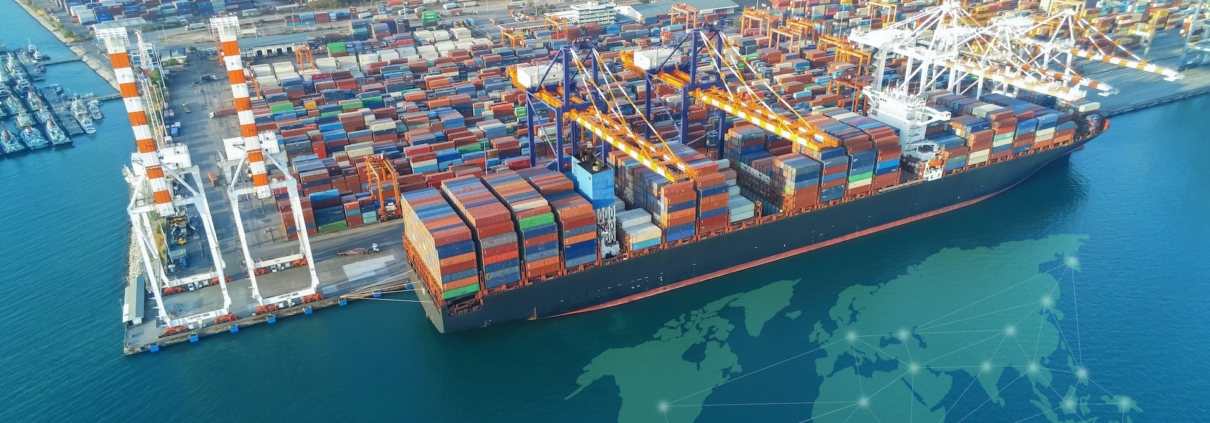Supply Chain Management A Global Perspective 3rd Edition Pdf

The global supply chain, a complex and intricate network connecting producers and consumers worldwide, has become increasingly vulnerable in recent years. Disruptions, ranging from geopolitical instability and natural disasters to unprecedented events like the COVID-19 pandemic, have exposed critical weaknesses and highlighted the urgent need for robust and resilient supply chain management strategies. Now, industry professionals and academics are increasingly turning to resources like the "Supply Chain Management: A Global Perspective, 3rd Edition" PDF to navigate these complexities and forge a path towards a more sustainable and secure future.
This article explores the impact of global events on supply chain management and examines the value of comprehensive resources, particularly the aforementioned textbook, in equipping individuals and organizations with the knowledge and tools necessary to thrive in a volatile landscape. It delves into the book's core themes, its relevance in addressing contemporary challenges, and how it contributes to shaping a more resilient and efficient global supply chain. This resource offers insights into optimizing logistics, managing risks, and fostering collaborative relationships throughout the network.
Understanding the Global Supply Chain Landscape
The global supply chain encompasses all activities involved in transforming raw materials into finished products and delivering them to end consumers. This includes sourcing, manufacturing, warehousing, transportation, and distribution, often spanning multiple countries and involving countless stakeholders. The inherent interconnectedness of these activities makes the supply chain susceptible to a wide range of disruptions, capable of causing significant delays, increased costs, and reputational damage.
The COVID-19 pandemic served as a stark reminder of this vulnerability. Lockdowns, travel restrictions, and port congestion led to widespread shortages of essential goods, highlighting the fragility of just-in-time inventory management and the over-reliance on single sourcing. These disruptions underscored the need for greater visibility, agility, and diversification within supply chains.
Geopolitical tensions, such as trade wars and political instability in key sourcing regions, also pose significant risks. These factors can disrupt supply lines, increase tariffs, and create uncertainty for businesses operating in these markets. Furthermore, natural disasters, such as hurricanes, earthquakes, and floods, can devastate infrastructure and disrupt production, causing ripple effects throughout the supply chain.
The Role of Knowledge and Education
In this era of constant disruption, knowledge and education are critical for effective supply chain management. Professionals need to possess a deep understanding of supply chain principles, best practices, and emerging technologies to navigate complex challenges. Access to comprehensive resources like "Supply Chain Management: A Global Perspective, 3rd Edition" PDF becomes essential.
This book, authored by leading experts in the field, provides a holistic overview of supply chain management from a global perspective. It covers a wide range of topics, including supply chain strategy, sourcing and procurement, logistics and transportation, inventory management, and risk management. The book also explores the impact of globalization, technology, and sustainability on supply chains.
According to industry analysts, the 3rd edition offers updated content that reflects the most current trends and challenges in the field. It incorporates recent case studies and examples to illustrate key concepts and provide practical guidance for readers. The book's emphasis on real-world applications makes it a valuable resource for both students and professionals.
Key Themes and Concepts Covered
One of the key themes emphasized in the book is the importance of collaboration across the supply chain. Building strong relationships with suppliers, customers, and other stakeholders is crucial for sharing information, mitigating risks, and improving overall efficiency. Collaborative planning, forecasting, and replenishment (CPFR) are discussed as effective strategies for enhancing supply chain performance.
The book also addresses the role of technology in enabling more efficient and resilient supply chains. It explores the use of technologies such as blockchain, artificial intelligence (AI), and the Internet of Things (IoT) for tracking goods, optimizing logistics, and improving decision-making. The adoption of these technologies can enhance visibility, reduce costs, and improve responsiveness to changing market conditions.
Furthermore, the book highlights the growing importance of sustainability in supply chain management. Companies are increasingly under pressure to reduce their environmental impact and ensure ethical sourcing practices. The book explores strategies for promoting sustainability throughout the supply chain, including reducing carbon emissions, minimizing waste, and ensuring fair labor practices.
Addressing Contemporary Challenges
The 3rd edition of "Supply Chain Management: A Global Perspective" PDF directly addresses many of the contemporary challenges facing supply chain managers. The book provides guidance on how to build more resilient supply chains that can withstand disruptions. This includes diversifying sourcing strategies, increasing inventory buffers, and investing in risk management capabilities.
The book also addresses the challenges of managing global supply chains in an increasingly uncertain geopolitical environment. It provides frameworks for assessing political risks, developing contingency plans, and building relationships with stakeholders in different countries. Understanding these dynamics is crucial for mitigating potential disruptions and ensuring business continuity.
Moreover, the book explores the impact of e-commerce on supply chains. The growth of online retail has created new demands for faster delivery times, greater product variety, and more personalized customer experiences. The book provides insights into how companies can adapt their supply chains to meet these changing demands and compete effectively in the e-commerce landscape.
Looking Ahead: Building a More Resilient Future
The global supply chain will continue to face significant challenges in the years to come. Geopolitical tensions, climate change, and technological disruptions will continue to shape the landscape. Organizations that invest in building resilient and sustainable supply chains will be best positioned to succeed.
Resources like "Supply Chain Management: A Global Perspective, 3rd Edition" PDF will remain invaluable tools for professionals seeking to navigate these complexities. By providing a comprehensive understanding of supply chain principles, best practices, and emerging trends, the book empowers individuals and organizations to make informed decisions and build more robust supply chains.
Ultimately, the future of supply chain management hinges on collaboration, innovation, and a commitment to sustainability. By embracing these principles, organizations can create supply chains that are not only efficient and profitable but also resilient and responsible.

